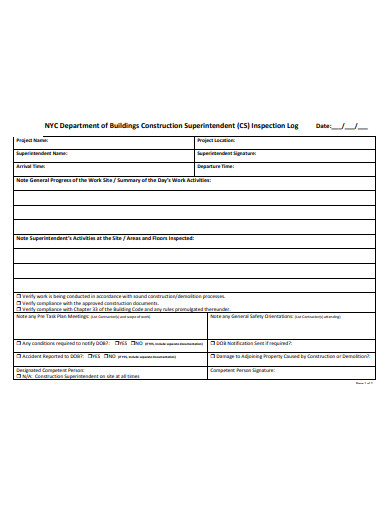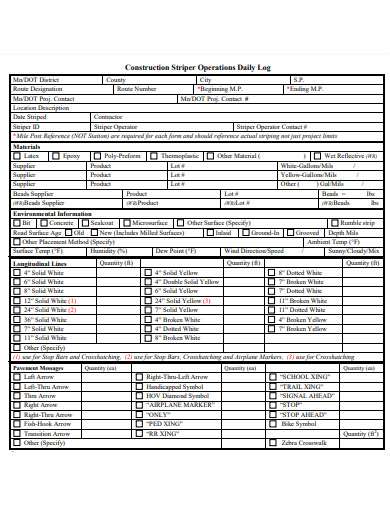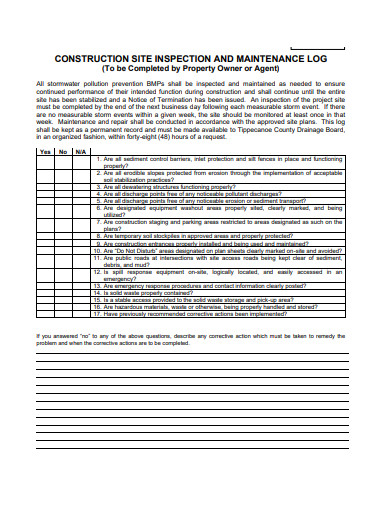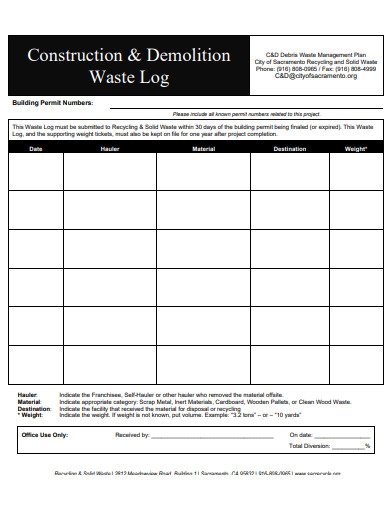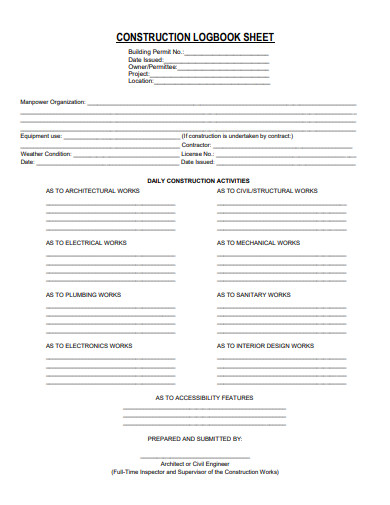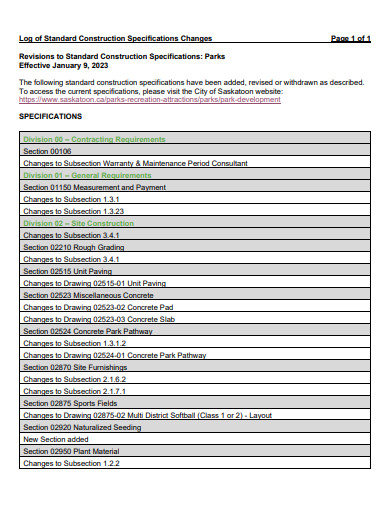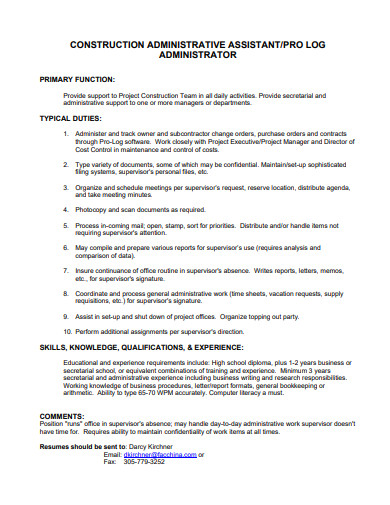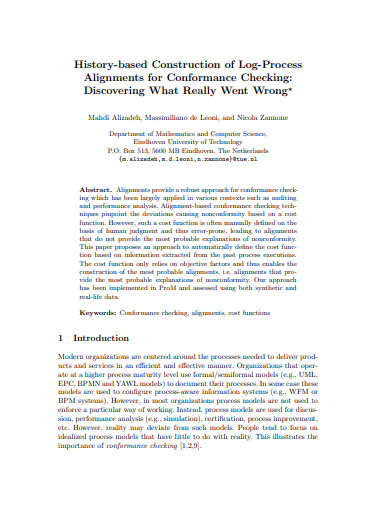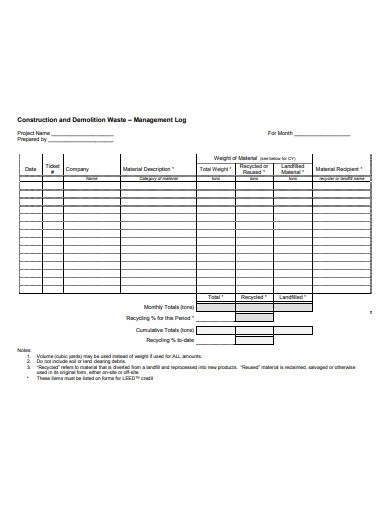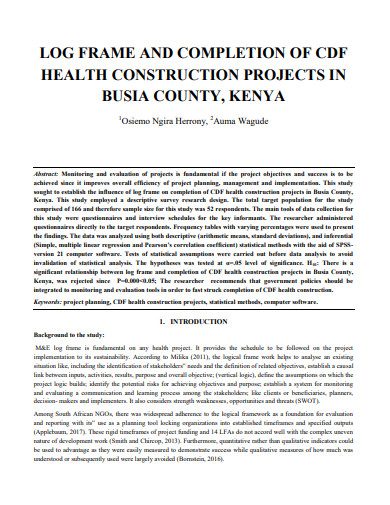Mastering the complexities of a construction project requires meticulous attention and hands-on tracking. Our sample construction log Templates, including the invaluable construction daily log, are designed to encapsulate these demands, serving as the bedrock for proficient project management. Crafted with the modern builder in mind, these templates ensure you’re up-to-date with daily activities, materials used, and key milestones. Delve into these transformative tools and redefine efficiency in your construction operations. Equip yourself with the pinnacle of project oversight.
20+ Construction Log Samples
1. Log Template Bundle
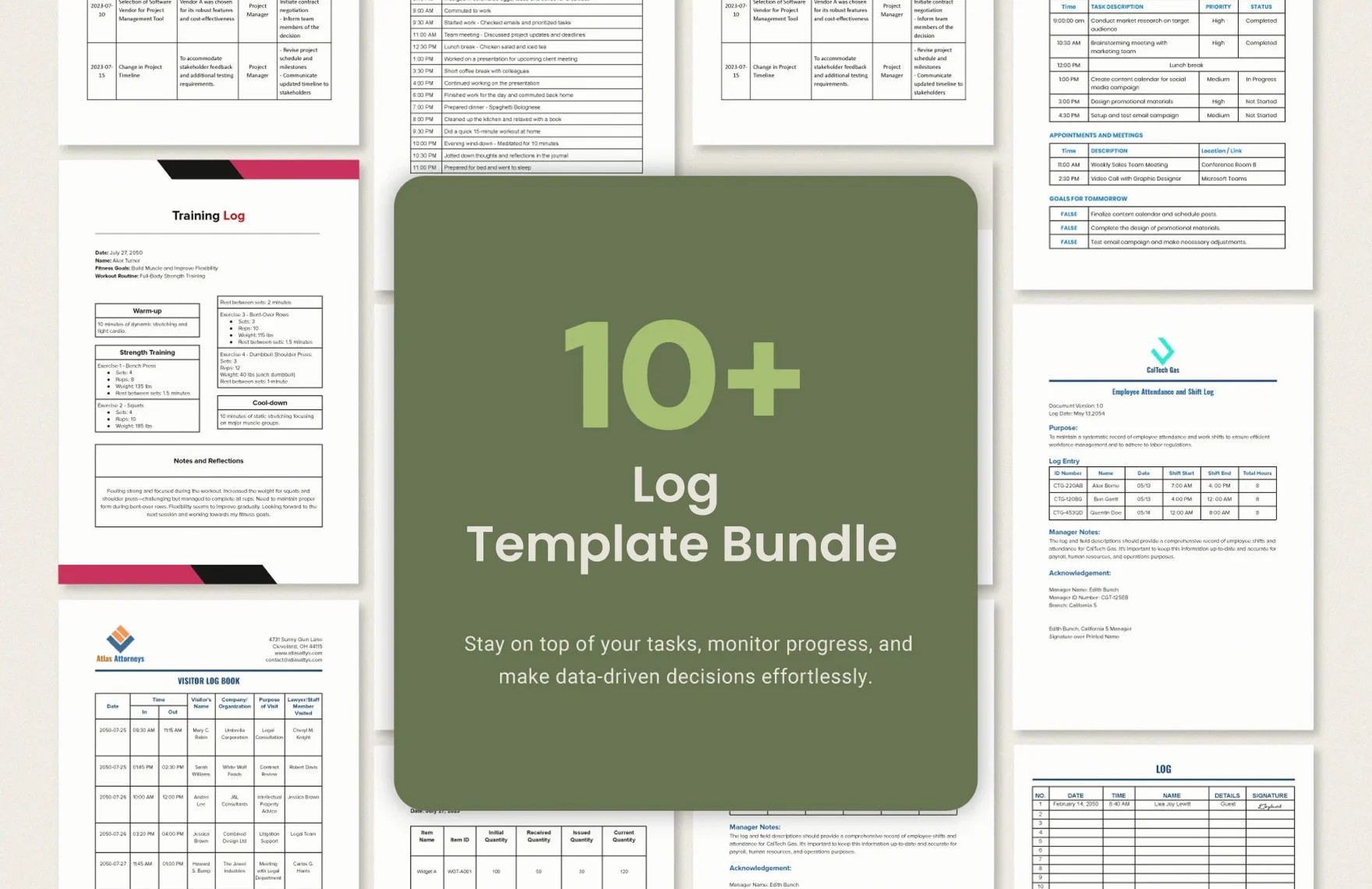
2. Construction Daily Log Template
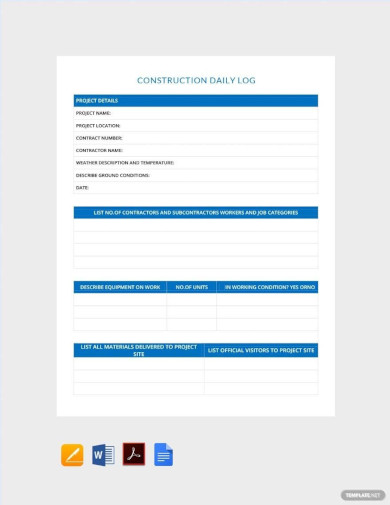
3. Construction Complaint Log Template
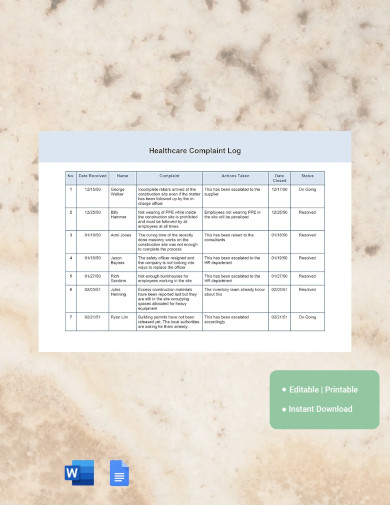
4. Construction Equipment Maintenance Log Template
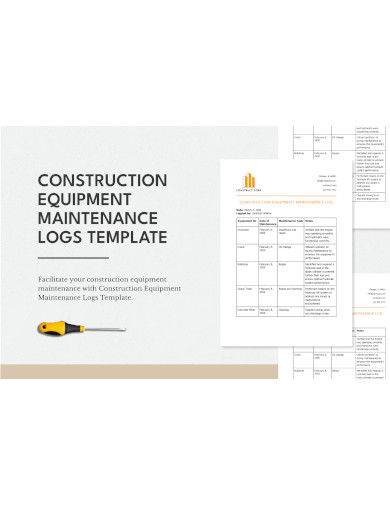
5. Construction Owner Change Order Log Template
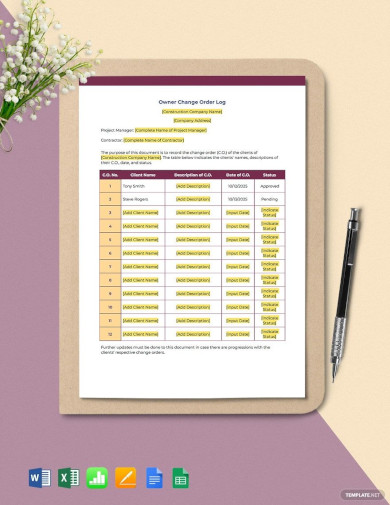
What are logs in construction?
Logs in construction are essential tools used to record, monitor, and manage various aspects of a construction project. These instruments act as a continuous record, ensuring that stakeholders stay informed and projects run smoothly.
Defining Construction Logs
At its core, a construction log is a detailed record of activities, incidents, tasks, or any other pertinent data related to a construction project. It offers a chronological account, making it easier to trace back to specific dates or events when necessary.
The Importance of Keeping Logs
Accountability and Transparency: Sample Logs help ensure that every team member, from laborers to supervisors, remains accountable for their actions. By documenting daily tasks and progress, stakeholders can quickly determine if the project is on track.
Safety Measures: Construction sites can be hazardous. Maintaining logs related to safety inspections or incidents helps in ensuring the well-being of everyone on-site and can be crucial when addressing any potential disputes or legal issues.
Effective Communication: With various teams and professionals working simultaneously, logs act as a common reference point. They help synchronize tasks and reduce potential misunderstandings.
Financial Tracking: Accurate logs help in keeping track of materials used, hours worked, and other expenses, ensuring that the project remains within budget.
Varieties of Construction Logs
While the general principle remains consistent, there are different types of logs tailored to capture specific data:
Construction Daily Log: A day-to-day account of activities, workforce, weather conditions, materials received or used, and any incidents or delays.
Equipment Log: This log tracks the usage, maintenance, and condition of equipment.
Material Log: Helps monitor the inventory, including details about materials ordered, received, and utilized.
Incident and Safety Log: Documents any safety incidents, violations, or inspections carried out.
How do you make a construction log?
Creating an efficient construction log requires a systematic approach. It’s not just about documenting activities; it’s about doing so in a manner that’s easily accessible, comprehensible, and actionable.
Understand the Objective
Before creating a log, it’s imperative to determine its purpose. Is it to track daily activities, safety measures, or equipment usage? Pinpointing the objective ensures the log captures the necessary data.
Choose the Right Format
While some might prefer traditional paper-based logs, many construction professionals are now leaning towards digital logs, using software or apps. Digital versions offer advantages like real-time updates, easy sharing, and automated backup.
Key Components to Include
Date and Time: Every entry should be timestamped.
Details of Activities: Describe tasks in detail, including who carried them out and their duration.
Materials: For a material log, note quantities ordered, received, and used.
Equipment: Include specifics like hours of operation, maintenance tasks, or any malfunctions.
Incidents: Document any unusual occurrences or delays, providing a comprehensive account to avoid future disputes.
Regular Updates
It’s essential to make real-time or end-of-day entries in the construction log. This practice ensures accuracy and reduces the likelihood of omitting crucial details.
Review and Verification
For the log to serve its purpose, the information must be accurate. Regular reviews, preferably by supervisors or managers, help in maintaining the authenticity of the data.
Safe Storage
Whether it’s a physical book or digital file, storing the log securely is of utmost importance. This ensures it’s readily available for reference or in case of audits, disputes, or reviews.
6. New Well Construction Log Template
7. Sample Construction Managers Daily Log Template
8. Buildings Construction Superintendent Inspection Log Template
9. Construction Striper Operations Daily Log Template
10. Construction Site Inspection and Maintenance Log Template
11. Construction on Log Management Template
12. Basic Construction Log Template
13. Construction and Demolition Waste Log
14. Construction Log Book Sheet Template
15. Standard Construction Specifications Changes Log Template
16. Construction Jobsite Activities Log Template
17. Construction Administrative Assistant Log Template
18. Construction of Log Process Template
19. Construction Diagram Log Template
20. Construction and Demolition Waste Management Log Template
21. Construction Log in PDF
Why is a daily log important in construction?
The Pillar of Accountability
One of the mainstays of any construction project is accountability. A daily log ensures that every participant, from laborers to project managers, remains accountable for their tasks. This record provides a detailed account of what was accomplished, highlighting both achievements and setbacks. By referencing a daily log, stakeholders can gauge the progress and momentum of the project.
A Chronicle of Safety
Safety is paramount in the construction sector. A daily log not only monitors daily operations but also safety protocols, inspections, and incidents. By recording safety-related data daily, construction managers can quickly identify potential hazards and address them proactively. It also serves as an essential tool in training sessions, underscoring the importance of safety measures and best practices.
Streamlining Communication
With myriad professionals involved in a construction project, maintaining open lines of communication can be challenging. A daily log acts as a universal reference, reducing misunderstandings and ensuring all teams are aligned in their objectives. By accessing the log, participants can get a snapshot of the day’s events, eliminating the need for exhaustive briefings.
Financial Oversight
In the realm of construction, even minor financial discrepancies can snowball into significant budget overruns. The daily log aids in meticulous financial tracking, logging expenses as they occur. By keeping an eagle eye on costs, stakeholders can ensure the project remains within the stipulated budget, making necessary adjustments if unexpected expenses arise.
Legal and Contractual Clarity
In the event of disputes or legal challenges, the daily log can be a savior. This detailed record can verify sample timelines, work done, resources used, and more. In essence, it provides a day-by-day account of the project, making it a vital piece of evidence if contract terms are questioned.
Fostering Continuous Improvement
A lesser-acknowledged benefit of the daily log is its role in continuous improvement. By reviewing daily entries, teams can identify inefficiencies, areas of improvement, or innovative solutions implemented on the fly. This continuous feedback loop promotes a culture of improvement, pushing teams to optimize their methodologies.
What is the difference between a report and a log?
Nature and Purpose
While both reports and logs provide detailed information, their fundamental nature differs. A log is a continuous, chronological record of events, capturing data as it happens. In contrast, a sample report is a structured document that analyzes data, offers insights, and often includes recommendations. Essentially, while logs provide raw data, reports analyze and interpret that data.
Temporal Differences
Logs are updated frequently, often daily or even multiple times a day, ensuring real-time accuracy. Reports, on the other hand, are usually generated periodically—weekly, monthly report, or at the end of specific project phases. They offer a more extensive overview, collating data over a period.
Audience and Presentation
Logs are typically internal documents, designed for the eyes of the project team. They’re utilitarian, focused more on capturing data than presentation. Reports, however, often cater to a broader audience, including stakeholders, clients, or regulatory bodies. As such, they’re presented in a more refined format, often accompanied by visual aids like charts, graphs, and illustrations.
Depth and Analysis
While logs record data, they don’t necessarily delve deep into the ‘why’ behind the data. Reports, conversely, are analytical. They dissect the data, providing insights into trends, challenges, and opportunities. A log might state that a construction task was delayed, while a report would explore the reasons for the delay and potentially offer solutions.
Archival and Retrieval
Logs, being chronological, are easy to scan for specific dates or time frames. If one wants to understand what happened on a particular day, they’d consult the log. Reports, however, are thematic. They’re organized around topics or objectives. To understand the financial health of a project, for instance, one would consult a financial report.
Conclusion
While both logs and reports are invaluable tools in the construction sector (and many other sectors), they serve distinct purposes. Understanding the differences ensures that professionals use each tool to its utmost potential, driving efficiency, clarity, and informed decision-making.
Related Posts
FREE 10+ Cleaning Log Samples in PDF
FREE 10+ Daily Work Log Samples in PDF
FREE 10+ Sworn Affidavit Samples in PDF
FREE 10+ Tracking Log Samples in PDF | MS Word
FREE 10+ Receiving Log Samples in PDF
FREE 4+ Assumption Log Samples in PDF | DOC
FREE 10+ Issues Log Samples in PDF | DOC
News Report
Employee Uniform Form
Self-Declaration Form
To Whom It May Concern Letter
10 FREE Notice To Quit Letter Samples & Templates
Security Company Profile
Written Warning
Event Program



